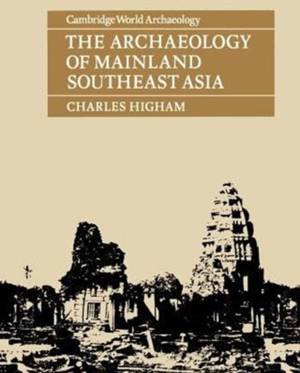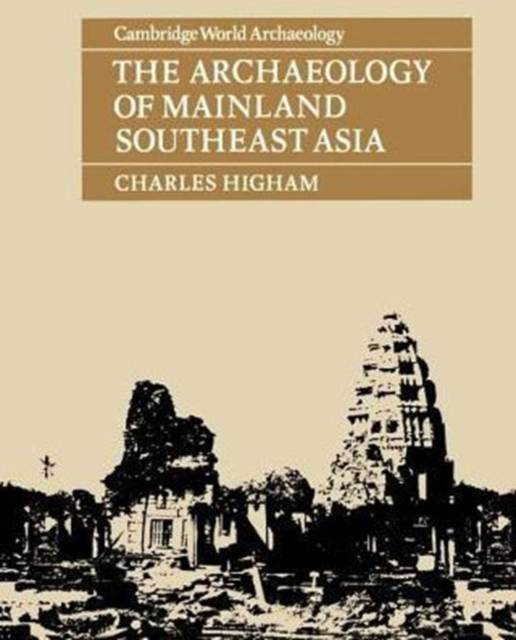
- Afhalen na 1 uur in een winkel met voorraad
- Gratis thuislevering in België vanaf € 30
- Ruim aanbod met 7 miljoen producten
- Afhalen na 1 uur in een winkel met voorraad
- Gratis thuislevering in België vanaf € 30
- Ruim aanbod met 7 miljoen producten
Zoeken
€ 128,45
+ 256 punten
Omschrijving
Southeast Asia was the scene of one of the world's major civilisations, that of Angkor, until it was sacked in the early fifteenth century. The origins of Angkor were barely known until recent archaeological excavation and field research began to reveal the region's dynamic development and to raise new questions to serve in its understanding. This important new synthesis focuses on the social world of early mainland Southeast Asia: Thailand, Vietnam, Kampuchea, Laos and adjacent areas. The book begins when the area was occupied 12,000 years ago by hunters and gatherers. The author stresses the importance of sedentism and domestication. These encouraged the spread of coastal communities into the interior valleys. Particular relevance is seen in the exchange of valuables, including bronze, as symbols of status. The origins of civilisation, for long assumed to result from Indian expansion in the region, are seen as rooted in local changes, along with the selective adoption of Indian religious and political ideas within coastal cheifdoms. In bridging the gap between prehistory and history, this book will appeal not only to archaeologists but to those interested in the general history, culture and arts of Asia.
Specificaties
Betrokkenen
- Auteur(s):
- Uitgeverij:
Inhoud
- Aantal bladzijden:
- 404
- Taal:
- Engels
- Reeks:
Eigenschappen
- Productcode (EAN):
- 9780521275255
- Verschijningsdatum:
- 11/05/1989
- Uitvoering:
- Paperback
- Formaat:
- Trade paperback (VS)
- Afmetingen:
- 187 mm x 237 mm
- Gewicht:
- 689 g

Alleen bij Standaard Boekhandel
+ 256 punten op je klantenkaart van Standaard Boekhandel
Beoordelingen
We publiceren alleen reviews die voldoen aan de voorwaarden voor reviews. Bekijk onze voorwaarden voor reviews.








